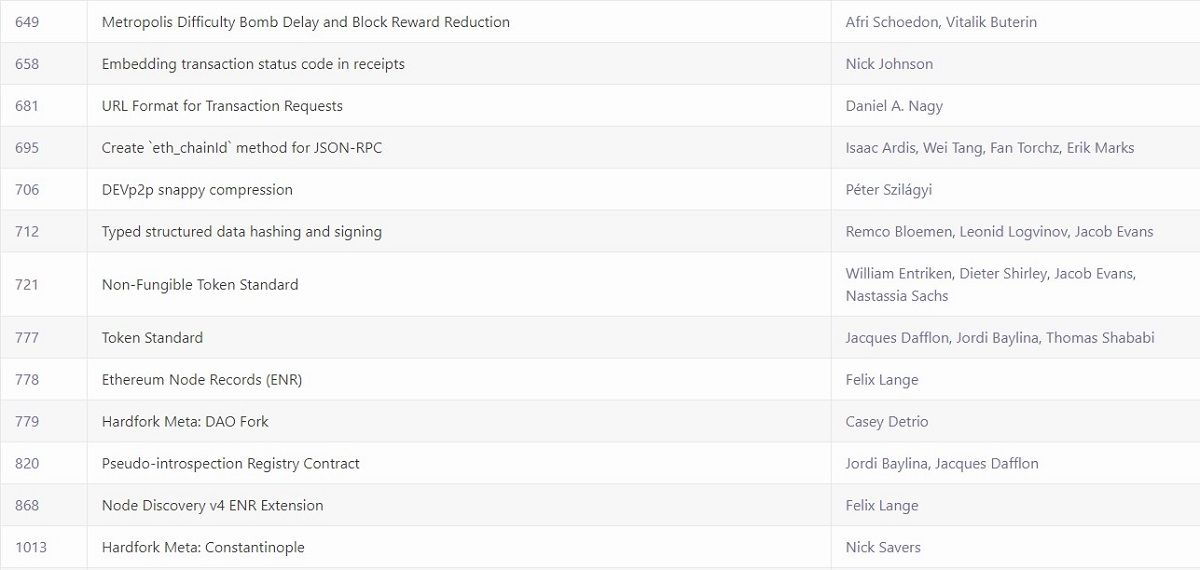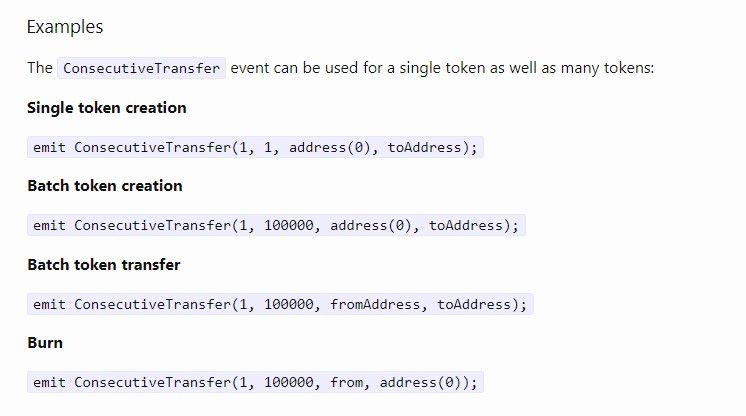No two NFTs are created equal. In fact, they are not all created equal. The Ethereum Foundation has a number of different NFT standards that allow users to create different types of NFTs that behave differently or have different tools. Here we’ll look at some of the NFT-centric ERCs and EIPs you should know about.
Understand Ethereum standards
Before we dive into the various Ethereum standards for NFTs, let’s quickly review how Ethereum standards come about.
Although we know that Vitalik Buterin is the creator and “leader” of Ethereum, he still cannot make unilateral decisions. Instead, there is a large network of developers working together to make changes to how the Ethereum blockchain works. They make these changes through Ethereum improvement proposals.
Ideas for new standards start as “Ethereum Requests for Comment” or “ERCs.” These go through a (usually) long and demanding public review, comment and revision process. The vast majority are never accepted and never become part of the Ethereum network.
The numbering of ERCs and EIPs is given in the order in which they are proposed rather than in the order in which they are accepted. For example, there is an ERC-601, but you have to look pretty hard to find ERC-602 – because it never became a working Ethereum standard.
Some Ethereum standards are for tokens (fungible and otherwise), and others are for contracts, interfaces, and other elements of the Ethereum network.
The Dawn of Modern NFTs and Smart Contracts
ERC-20 created ETH as we know it today, including the token’s ability to function in smart contracts. NFTs technically operated on ERC-20, and the earliest NFTs were minted on ERC-20 before dedicated NFT standards emerged. But ERC-20 did not optimize for NFTs. ERC-721 did it.
Specifically, working with one NFT at a time worked with ERC-20, but the more you added, the messier it got. After all, ERC-20 was intended for currency that is inherently fungible. In 2018 when ERC-721 was finalized, it was already clear that non-fungible tokens had to be manageable at a scale that was not feasible with the ERC-20 standard.
Of course, because most NFTs are purchased with “underlying” tokens, and NFTs and underlying tokens were different standards, the need for “a default standard” arose. ERC-1155 opened the door for smart contracts involving both ERC-20 and ERC-721.
Standards for creators and artists
As NFTs became popular, especially in the art scene, it became increasingly common to see people making and transferring NFTs on a large scale. ERC-2309 made the paperwork easier by allowing concurrent or consecutive NFTs in a contract to have consecutive token identifiers.
ERC-2981 is the standard that allows coins of an NFT to extract royalties from resales, regardless of the platform (or platforms) on which the sale or resale takes place.
Ethereum standards expand the use of NFTs
You’ve heard of fungible tokens. You’ve heard of non-fungible tokens. Have you heard of “semi-fungible tokens?” ERC-3525 makes it possible to create tokens that have different identifiers (non-fungible) but the same value (fungible). It may sound like an ERC-20 token, but again, this EIP solves a specific problem.
Membership in a decentralized autonomous organization is a good example. DAOs operate like publicly traded companies. Individuals pay for membership and, by proving membership (in this case through ownership of special cryptocurrency tokens), make decisions about how the organization operates.
The tokens used to secure membership, claim voting rights, and have other tools in a DAO cannot all be the same, but they must all have the same value. This allows them to be identified, but it also allows them to be transferred. That’s what ERC-3525 does.
But suppose you want a token to be usable only once? Like a ticket that allows the user some benefit and then disappears? There is an EIP for that. ERC-4400 allows ERC-721 tokens to be modified to be “consumed” when an owner cashes it in for a promised boon. Similarly, ERC-4907 allows a person to “rent” NFTs for a predetermined time frame.
ERC-4906 also deals with NFTs, but it’s relatively boring. The standard only made it easier to track edits to an NFT’s metadata.
More NFT standards mean better functioning NFTs
Most people who own most NFTs could probably have stopped reading on ERC-721. But for those who want to create and use NFTs in innovative ways and those who still believe that the most exciting NFT tool is still on the way, new Ethereum NFT standards are essential.




